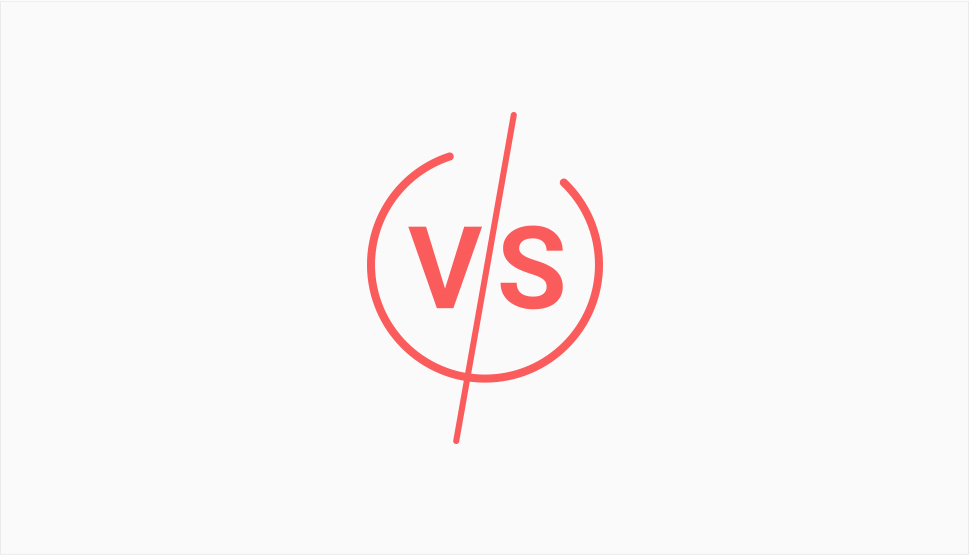WWW vs Non WWW URLs – Which is Better for Your WordPress Website

The first decisions you make when creating a website are very important. Choosing a purpose for the site, picking a host, choosing a WordPress theme – that’s stuff that matters a lot. You might also need to choose how to make money from the website, which monetization model works best for you, and many other stuff that, again, matters a lot.
That’s why it’s very important that you’re able to separate those important decisions from the ones that don’t really matter. The “www vs. non-www” dilemma is a great example of things people give undue importance to, even though there is some nuance to the dilemma.
So, let’s dig into it! In this article, we’ll explain:

People are familiar with the letters www partially because they form the acronym for the World Wide Web, this thing you’re visiting when you’re reading articles online. However, when you put those three words in a domain name like this www.example.com, they become important because www becomes the subdomain in the domain name you’re visiting.
Www is one of the most popular and widely used subdomains, but it’s not the only one. You can come across lots of websites with “mail” and “blog” as their subdomains. Mobile websites will often have “m” as their subdomain, test websites with having “test,” and forums might have “forum.” Www, in this case, is exactly the same as any of these subdomains.

When you’re asking about the difference between www and non-www URLs, you’re actually asking what’s the difference between having a subdomain in your domain name. We know, for example, that it doesn’t affect your SEO in any way. Google shouldn’t care whether you’re using www.example.com or example.com.
There are some slight difference between the two:
-
Subdomain tends to work better with cookies in some cases. Root domain cookies can in some circumstances clog up the works, especially on large websites that have lots of static content.
-
Subdomains also work better with content delivery networks. Some CDN service providers work around the DNS restrictions that prevent non-www websites pointing at a CDN domain, making this a non-issue for their clients.
-
Www might add an air of credibility to a website because of the familiarity factor. This likely to change in the years to come as we switch to non-subdomain URLs.
That’s all there is to it. All the differences are easily rectified – even the issue with cookies can be dealt with by storing static content on a separate domain. Whichever you choose, it’s likely that you won’t notice a difference.

For the most part, it doesn’t matter which one you choose, as even the issues you might face have easy fixes. There’s also no reason why you wouldn’t be able to have both. But there’s a catch — you have to choose one for your main version of the website and stick with it.
Don’t confuse search engines by giving them two versions of your website that you treat the same, making it more difficult to see which one is the canonical version. Use the <link rel=”canonical”> element to the head of your pages to let the search engines know which page should be treated as canonical.
Speaking of canonical versions – when you settle on the version that will be your main version, make sure you set up 301 redirects that will bring any user who tries to visit the non-canonical version over to the canonical version.
Let’s Wrap It Up!
For the most part, it won’t make a huge difference whether you choose a www or a non-www address for your website. The slight advantages that come with www melt thanks to workarounds that are not too hard to implement. There’s no reason why you wouldn’t have both, after all.
The important thing is that, when you choose which one is the main version, you treat it as the main version consistently. That’s where setting up redirects and adding link elements come into play – they help browsers understand which version is the main, or canonical, one.



